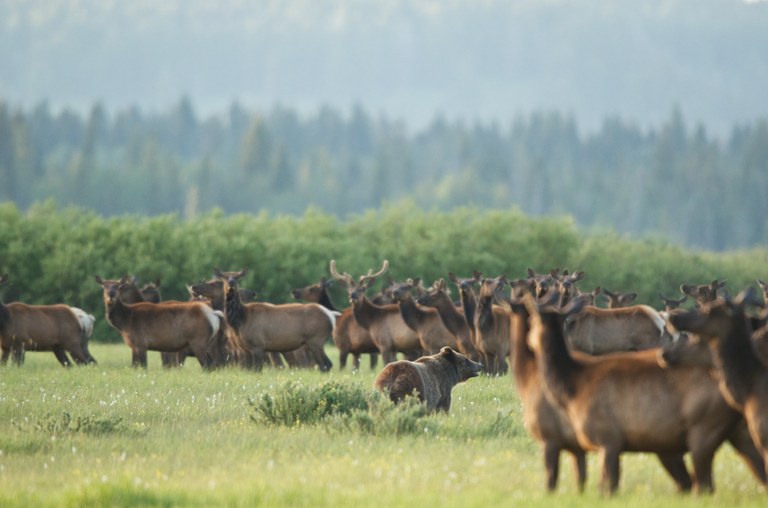National parks, such as Banff and Yellowstone, are protected all over the world. That’s the good news.
However, scientists have been warning for decades that most protected areas are too small to preserve wide-ranging wildlife species over the long term, and it will only delay inevitable extinction for many species that require large, protected ecosystems in order to survive.
The solution, say conservationists, is to restore and maintain viable wildlife corridors that keep animals connected over vast ecosystems, and between large protected areas. It’s the vision behind Y2Y and the reason we exist, and it’s also the theme of a new film, called Wild Ways: Corridors of Life, by celebrated documentary filmmaker James Brundige.
Wild Ways offer viewers a rare chance to see some of the most dramatic natural areas on Earth, where biologists are devising innovative solutions for keeping ecosystems and wildlife connected.
Calling Y2Y the “grand model of connectivity conservation,” Wild Ways highlights our work to connect and protect the Yellowstone to Yukon region, which is inspiring similar efforts in large landscapes around the world.
Through interviews with Locke and others, the film highlights Y2Y’s efforts over more than two decades, which are enabling grizzly bears, wolverines and other wide-ranging animals to recover in former habitats.


